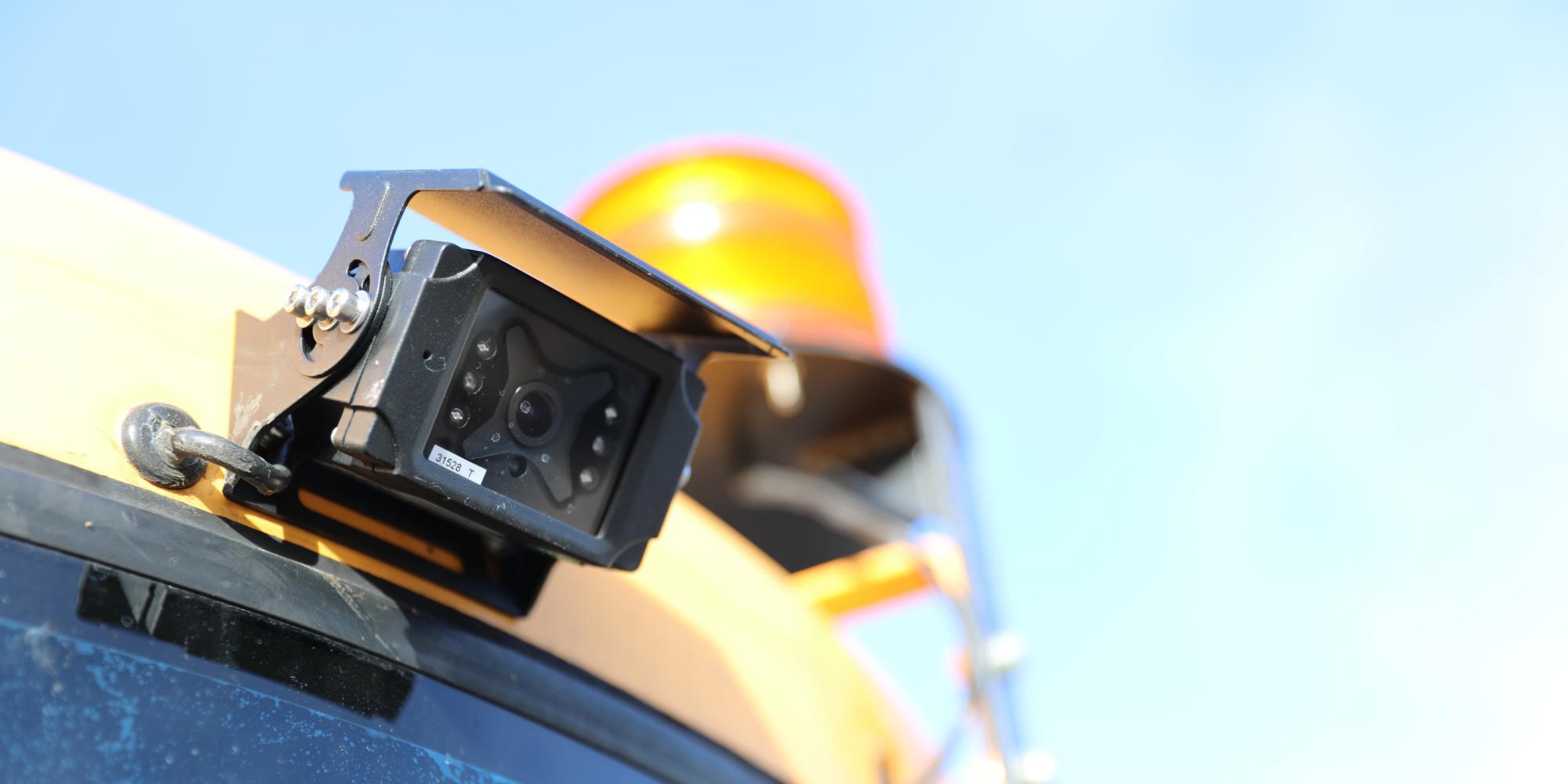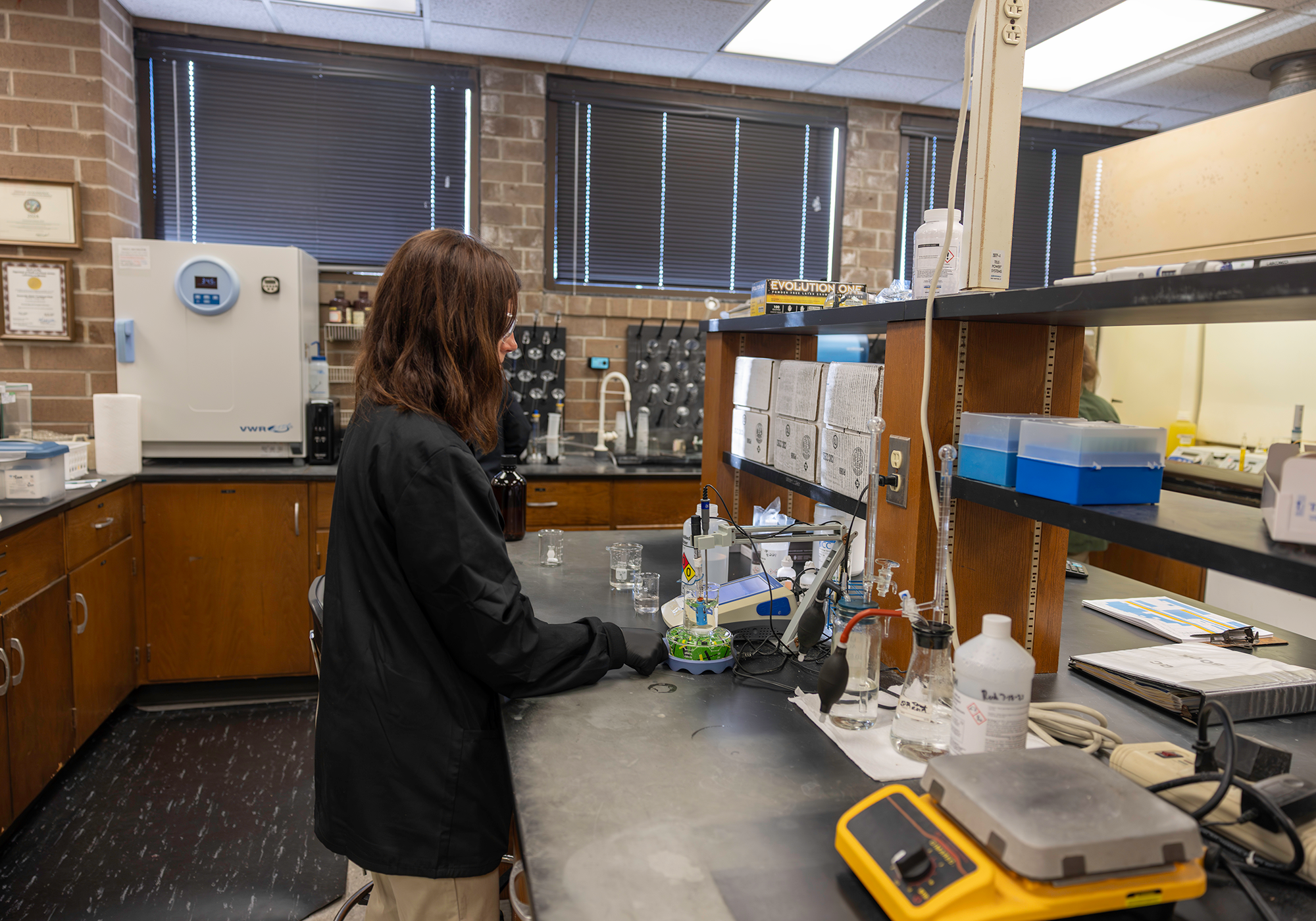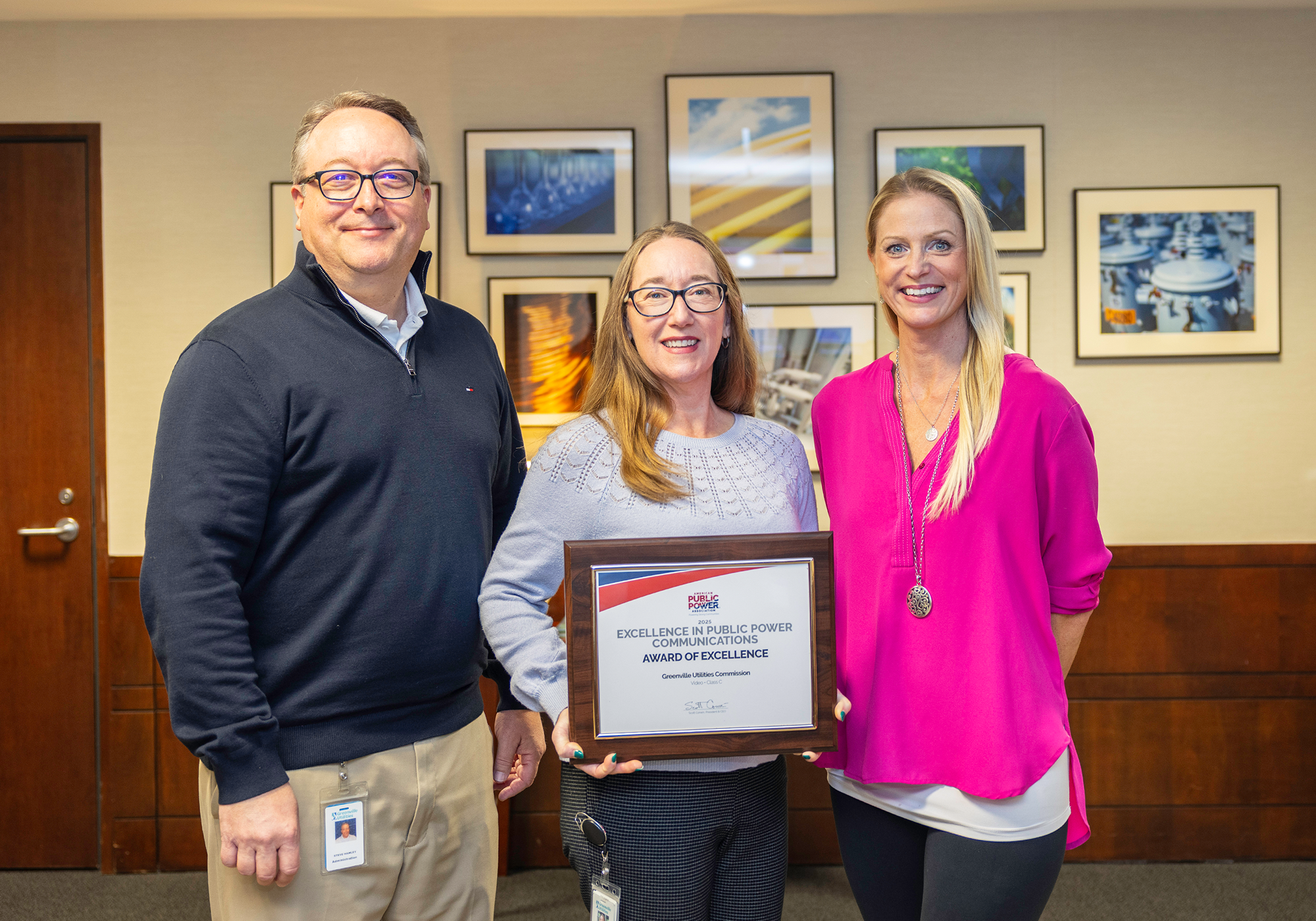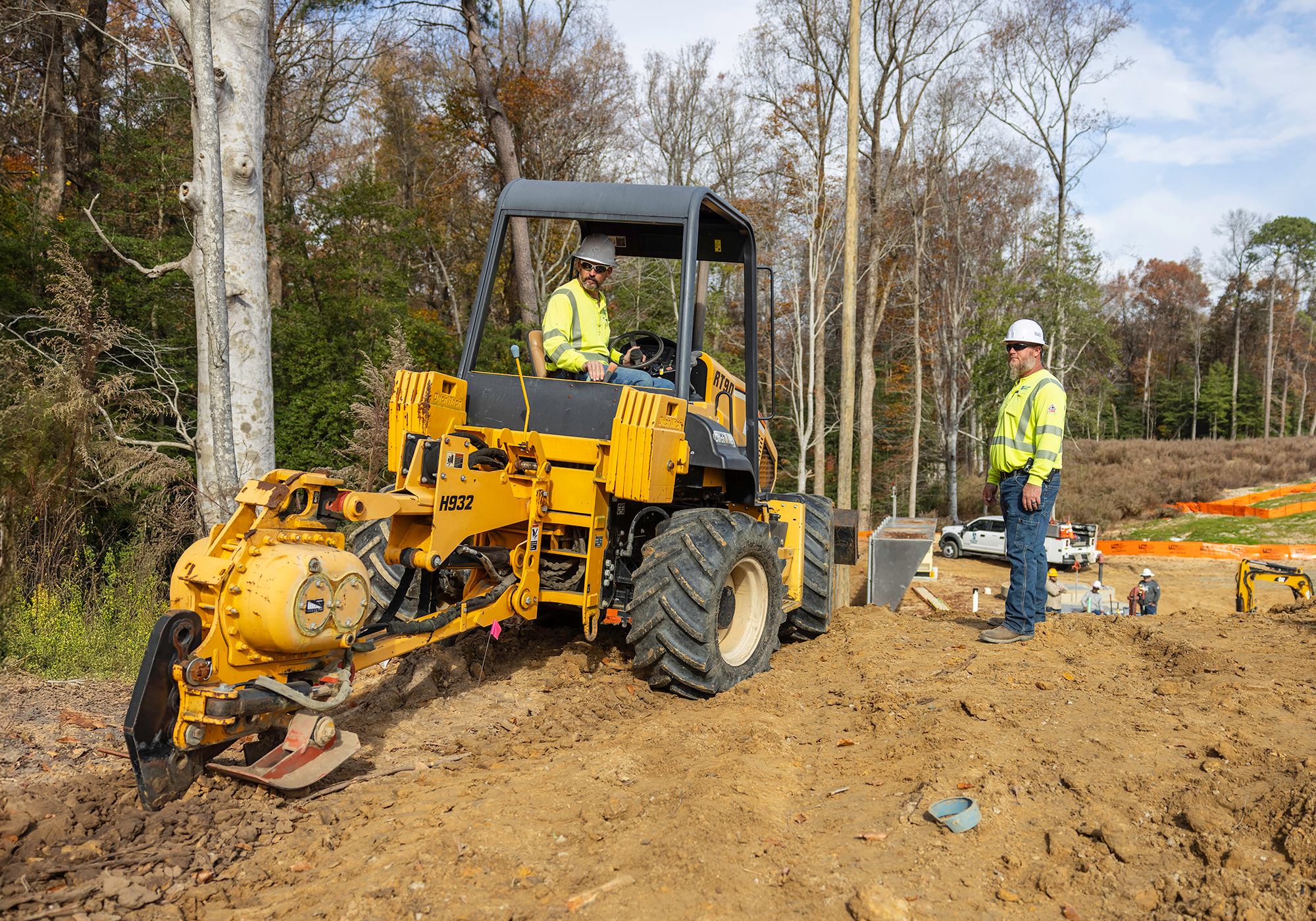
Lighthouse observations are an essential part of our safety culture. By conducting quality observations, having conversations about safety, and providing positive feedback, observations help protect GUC employees from exposures. On average, Observers conduct 140 observations a month, and that number continues to rise as employees get more engaged in the observation process. To learn more about how to be a Lighthouse Observer, contact Lighthouse Facilitator Samantha Evans at evanssl@guc.com.
One Observer’s recent observation of an employee operating an excavator helped lead to a solution to control an exposure. Excavators have a cabin that is capable of spinning front to back, so the operator has a clear line of sight based on the direction the machine is travelling. During the observation, the excavator needed to reverse direction. However, it was in a narrow area and the operator could not spin the cab without hitting something. The machine had to be reversed with the cabin facing the opposite direction. With a limited line of sight and no spotter, the operator almost hit a cable pedestal. Had a person been in the area, it could have resulted in an injury.
Following the observation, the Lighthouse Steering Committee discussed potential solutions to the problem. It was suggested to add backup cameras as an additional safety feature. Scott Brinson, Fleet Manager, said his team began researching the best camera after the committee brought him the possible solution.
“A multi-point camera system was selected,” said Scott. “It gives us the ability to expand and add additional cameras to areas such as the end of the boom.”
After spending a few hours in the shop to get fitted for the new camera, the excavator received a state-of-the-art camera system. “The operator now has a full 360 degree visual of the machine’s surroundings, eliminating potential exposures from blind spots and allowing the operator to safely move the machine without a spotter, if one is not available,” stated Scott.
The installation of the backup camera has generated positive feedback among operators, and plans are underway to upfit other pieces of equipment. “Existing excavators in our fleet will receive this addition moving forward,” said Scott. “Cameras are now an option when building specifications for new equipment, so this option will be adopted on future purchases of excavators.”
Thanks to all involved for noticing the exposure and then finding and implementing the best solution. One solution can have a ripple effect to potentially make other pieces of machinery safer to operate in our future, and most importantly, to keep everyone free of injuries.






